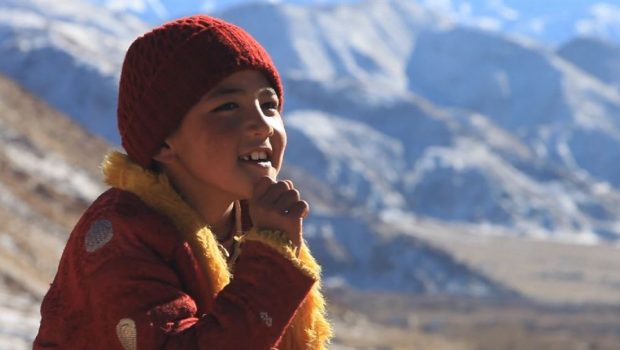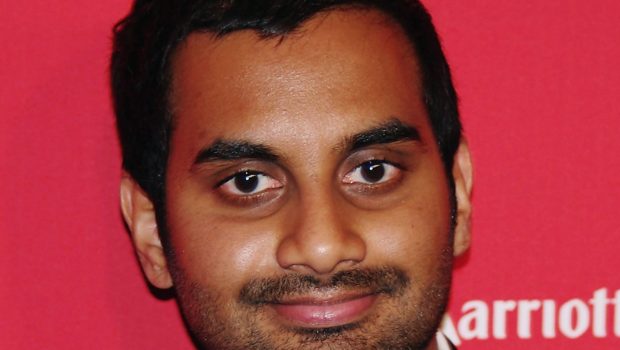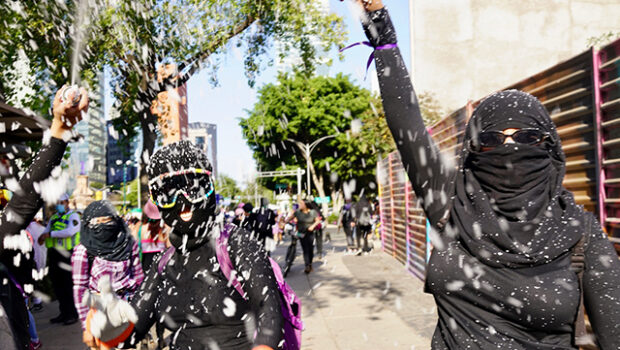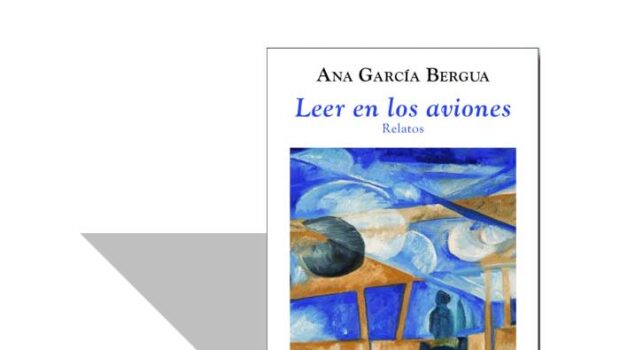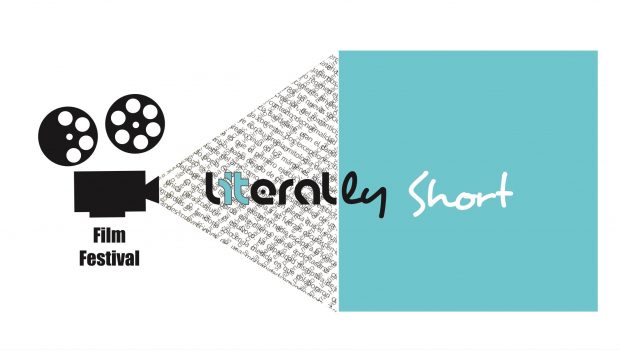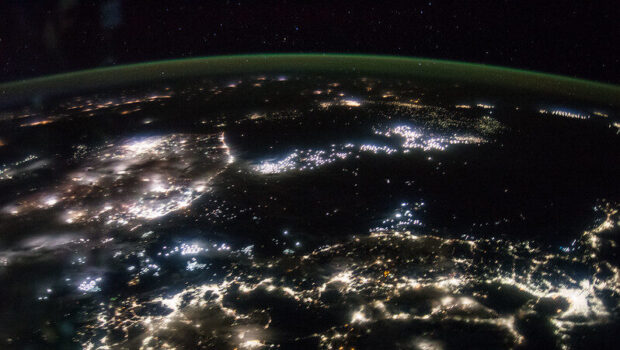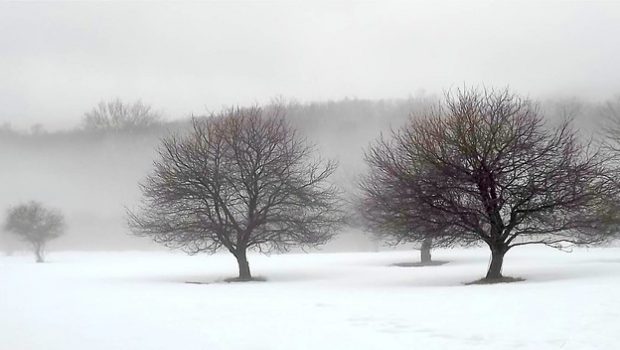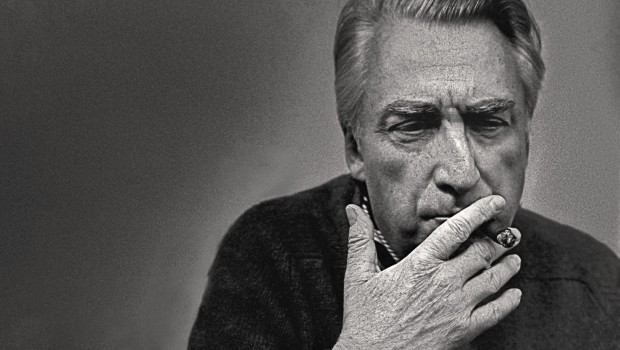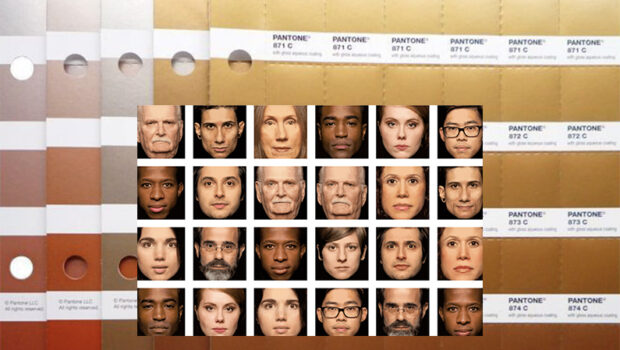Becoming Who I Was
Loris Simon Salum
I try not to miss the Seattle International Film Festival every year, but I’m not always so lucky. This year, I was. I saw Becoming Who I Was (2017), directed and produced by Moon Chang-Yong and Jeon Jin from South Korea. The story, according to Jin, who was in attendance after the film’s screening, was originally going to be about the unconditional love between a Tibetan boy, Angdu Padma, and his guardian, Rigzin Urgyan, who live in the highlands of northern India. When Padma was only 6 years old, he was enthroned as a Rinpoche by a high-ranking lama, which skewed the story in a completely different direction. Inevitably, not only is the film about unconditional love, but also about perseverance, tradition and the political context between China and Tibet.
The film starts by telling the audience about the 1400 year-old tradition of reincarnation amongst spiritual leaders in Tibetan Buddhism. There are two ways one can be reincarnated: the first is to be born involuntarily (most of us would fall under this category). The second way, which pertains to Rinpoches, is through their own will. Lamas and Rinpoches can choose their place and time of birth through the power of compassion and prayer; they can also choose their parents. “Tulkus” is the process of recognizing the reincarnates. Candidates are asked to identify objects that belonged to them in their previous life, amongst other processes. You may remember the documentary Unmistaken Child (2008) by Nati Baratz, telling the story of Gesge Lama Konchog’s reincarnation; or Martin Scorsese’s film Kundun back in 1997, which told the story of the Dalai Lama. There is a scene in Kundun where the young Dalai Lama points to his old belongings without a fault. In this case, we do not get a preview of Padma’s process, but we do learn he is a Rinpoche reincarnated from Kham, Tibet. Unlike that Scorsese’s film though, Padma is expelled from his local monastery in Ladakh. The reason being, after four years of waiting, none of his disciples from Tibet come to claim him.
No matter what your beliefs are, to see the disappointment of a nine-year-old child is always disheartening. So much so, that Urgyan ceases his regular practice as the only village doctor and decides to dedicate his full time to search for the appropriate education Padma needs in order to become the Rinpoche he was. When Padma reaches 10 years of age, he and Urgyan embark on a two-month long voyage towards Kham. The journey is on foot. The conditions are mostly unpleasant and rather extreme, in some cases. There is one scene where they have to cross a snowy mountain trail dressed in inappropriate clothing. It was a difficult scene to watch from the comfort of my theater seat. Director Jin mentioned how it is not uncommon for many Tibetans in the area to suffer from frostbite on their faces and other parts of their body. Someone in the audience asked Jin if it was difficult not to intervene, to which the answer was an emphatic “yes.”
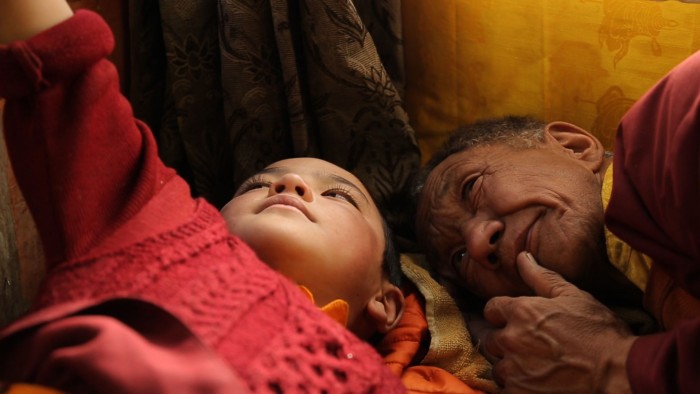
As Urgyan and Padma approach their destination, they bump into a woman selling mittens and other clothing. Padma chooses the most colorful pair to wear on his freezing hands, and the woman invites them in to warm up. After learning of their mission, she advises them not to continue on to Kham as they will be detained by the Chinese police at the border and possibly sentenced to death.
“Tibet today is one of the most repressed and closed societies in the world,” Senator Robert Menendez, Chair of the US Senate Committee on Foreign Relations, stated in 2012. In 2016, the Freedom in the World report named Tibet as one of the most repressed countries. It has been over 60 years since China occupied Tibet, and since then, one million Tibetans have died. Hundreds of thousands have been tortured and imprisoned. According to the British organization Free Tibet, three of the many actions that will lead to torture include flying a Tibetan national flag, sending an email abroad or speaking the phrase “free Tibet.” Free Tibet also reports that China has closed 99 percent of Tibetan monasteries.
Spoiler Alert
To my greatest relief, it was liberating to see Padma reach safety toward the end of the film. He continues to study higher education for Rinpoches in a monastery bordering Tibet. Urgyan is alive and healthy back at his home in India. Even though this particular story had a happy ending, it is exceedingly defeating to think about the thousands of stories that did not end this way. At a time where high political tension is an everyday topic, Becoming Who I Was makes an important contribution to today’s human rights conversations. Moreover, it is a graceful story that will not only educate you on traditions on the other side of the world; it will connect you to the struggles and achievements that bind us together as a human race.
 Lorís Simón Salum is a psychotherapist in private practice in Houston, TX. She is the author of Ensoulment: Exploring the Feminine Principle in Western Culture (2016), as well as the film director of the multi award-winning documentary Ensoulment: A Diverse Analysis of the Feminine in Western Culture (2013). She was the Creative Director for Literal Magazine for over 10 years. Some of her projects included Literally Short Film Festival, Literal’s short international film festival, and Literally Everything, Literal’s podcast. You can find her at www.lorissimon.com.
Lorís Simón Salum is a psychotherapist in private practice in Houston, TX. She is the author of Ensoulment: Exploring the Feminine Principle in Western Culture (2016), as well as the film director of the multi award-winning documentary Ensoulment: A Diverse Analysis of the Feminine in Western Culture (2013). She was the Creative Director for Literal Magazine for over 10 years. Some of her projects included Literally Short Film Festival, Literal’s short international film festival, and Literally Everything, Literal’s podcast. You can find her at www.lorissimon.com.
©Literal Publishing
Posted: July 5, 2017 at 10:00 pm


